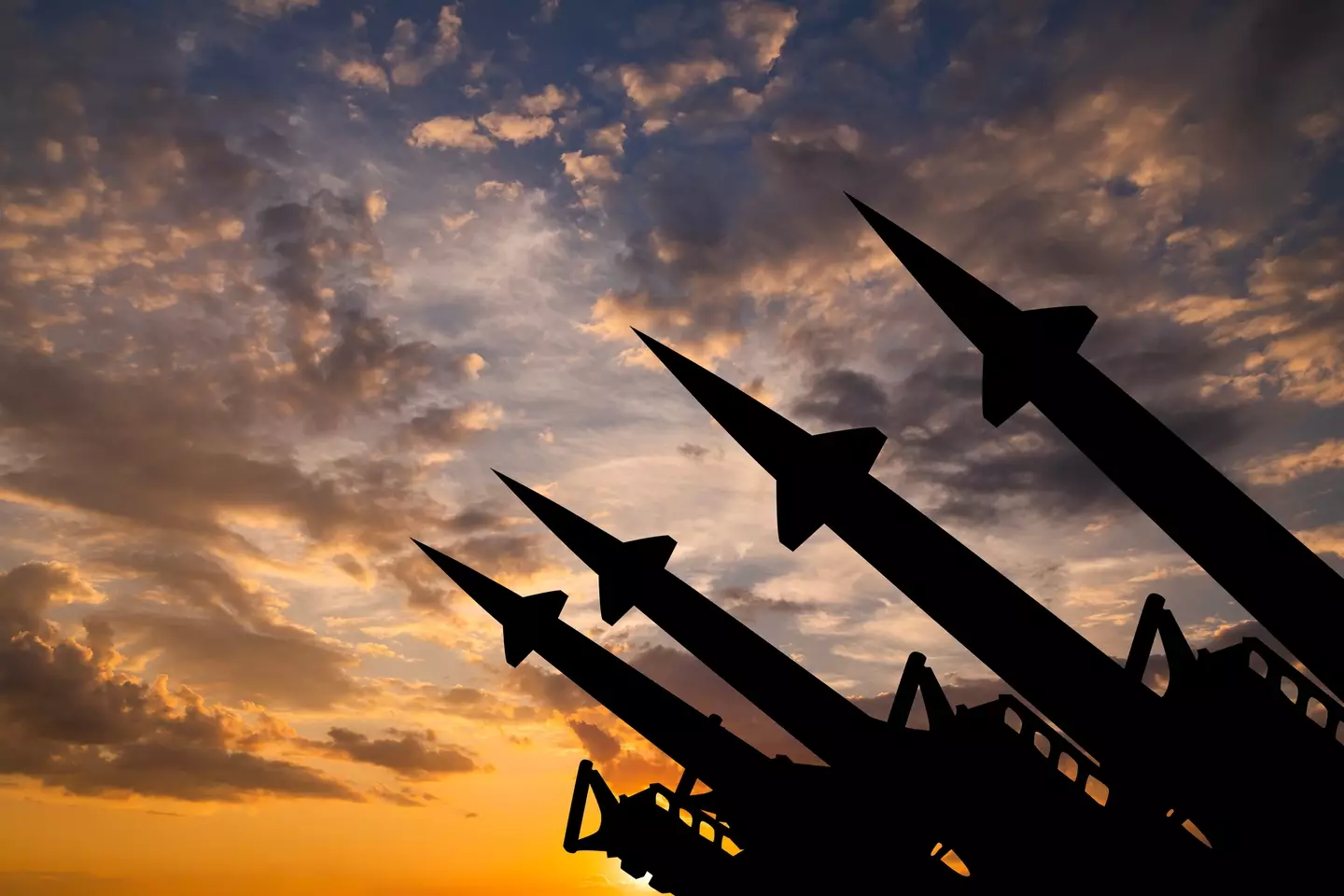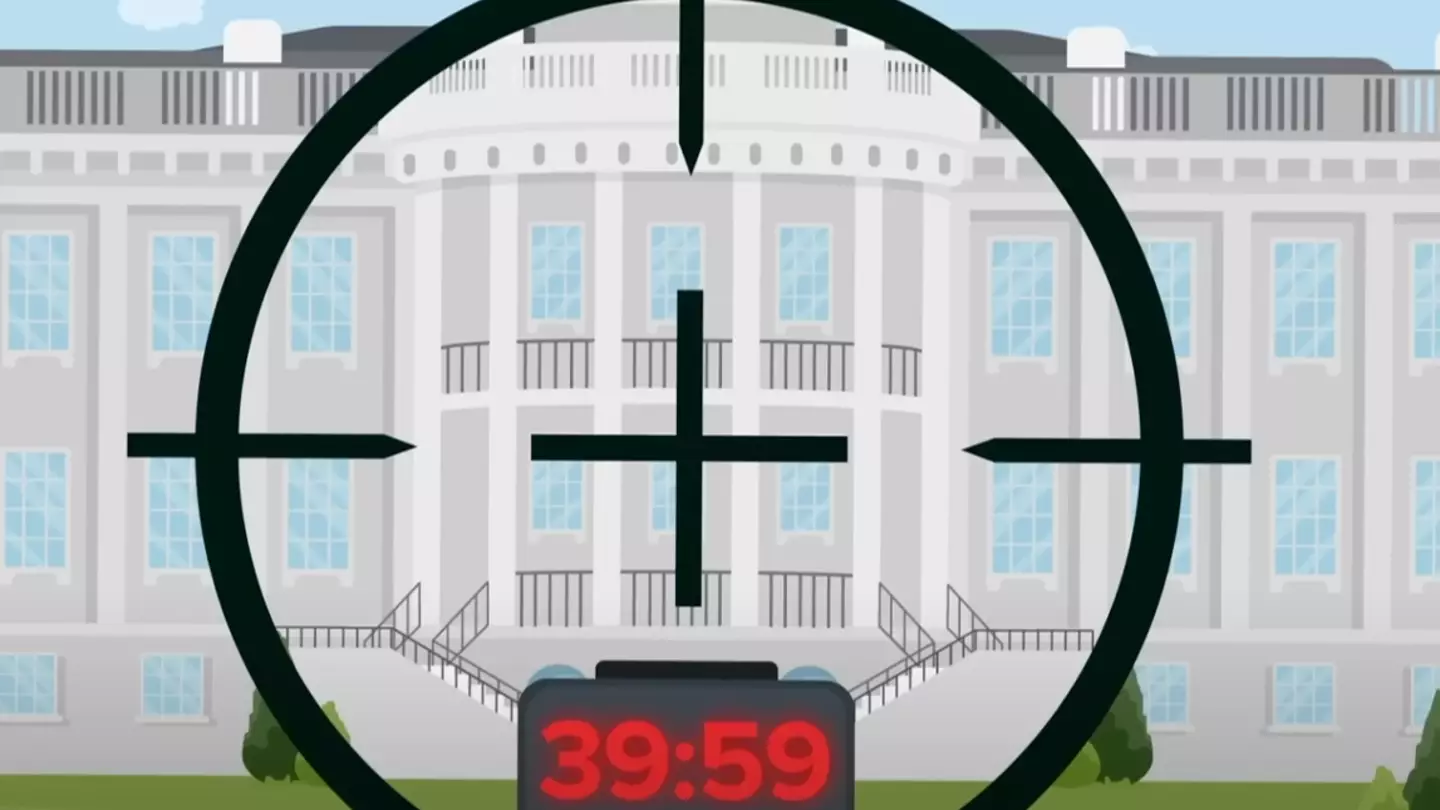A comprehensive simulation has illustrated the potential consequences of North Korea launching a nuclear ballistic missile targeting the United States.
The looming threat of nuclear conflict remains a critical issue amidst global political tensions, with nine nations currently recognized as nuclear-armed powers.
These nations include the US, the UK, France, Israel, Pakistan, India, China, Russia, and North Korea.
In 2022, The Infographics Show produced a video outlining the possible scenario of North Korea deploying the Hwasong-15, a two-stage missile featuring a broad nose cone capable of carrying a substantial nuclear warhead.
The simulation explores how North Korea might utilize ‘primitive telephone technology’ to avoid interception of their communications about a potential launch, and speculates on how the country’s leader might authorize the missile’s launch.

Despite the surprise of initial plans, the US has defensive measures capable of detecting the missile’s thermal plume, triggering emergency alerts and prompting American ground authorities to confirm the threat.
Upon confirmation, the alert would reach the White House, prompting the president to convene in the situation room to assess real-time tracking data, while the Secret Service readies to relocate the president to a secure and ‘highly classified’ location.
“If the missile is aimed at the White House, the president has less than 40 minutes to vacate,” the video explains.
US naval vessels are armed with missiles suitable for short-range intercepts just outside Earth’s atmosphere, yet these require the target to be in its descent phase for effective engagement.
On American soil, the US Northern Command would activate homeland defense systems, including the ground-based mid-course defense system, which features interceptors with extensive range, designed to engage the missile mid-flight.
The video highlights that although North Korea possesses missiles capable of reaching the US east coast, their precision is less accurate than potential strikes on the west coast.
US naval forces would strategically position themselves to safeguard major population centers, while ‘doomsday’ aircraft would ascend to altitudes high enough to evade ground-level destruction, with the president likely aboard Air Force One.

Nuclear-capable planes would prepare for a potential nuclear operation, while the US nuclear ballistic missile submarine fleet would brace for retaliatory commands.
Once American supercomputers ascertain the North Korean missile’s trajectory, altitude, and velocity, they would develop a firing solution for the interceptors to ideally neutralize the threat.
Additionally, the president might request a formal declaration of war against North Korea from the United States Congress, suggesting that the initial attack could escalate further.

